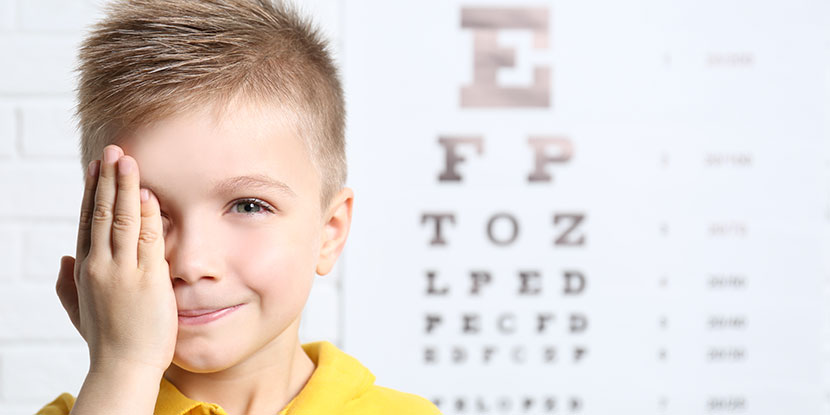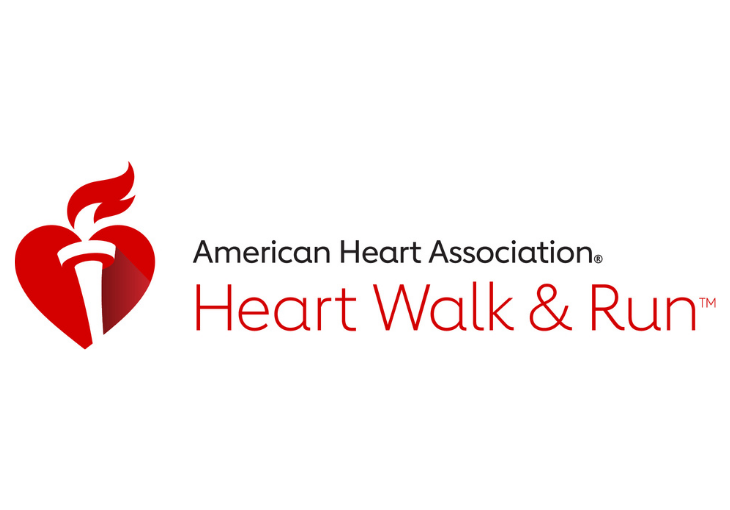Lions conduct free screenings to detect vision problems in children

How well do your children see? Parents often don’t know unless there are obvious problems, and children have no idea whether or not other children see and hear the same as they do, or what is “normal.” Eighty percent of all visual impairment can be prevented or cured. The first step to prevention is awareness. The second is early detection through vision screening.
Around the world, Lions partner with medical professionals and community leaders to screen young children, primary school students, and adults to identify those at risk for vision loss. The venue for Lions’ vision screenings varies from schools, to workplaces, to community health fairs, and the screening methods depend upon the age group. But the results are always the same. Early identification leads to timely referral, professional treatment, and improved or restored sight.
The spot camera screens both eyes at once from a non-threatening three-foot distance. The screening starts with a single touch to the camera, which initiates the capture of results for both eyes in seconds. The older Snellen Chart test would take an average of six minutes to complete. Within seconds, with the Spot Vision Screener, the on-screen data results can be shared or printed. The information can then be passed on and shared with eye care specialists and doctors to receive appropriate care for the patient.
This camera is a specialized portable handheld device designed to help Lions quickly and easily detect vision issues on patients from 6 months of age through adult. Spot Vision Screener technology is changing the way routine vision screening is done.
The Spot Vision Screener can screen for and detect six amblyopic risk factors — amblyopia causes decreased vision in one or sometimes both eyes because the eye and the brain are not working together properly — in children as young as six months through adults. It detects:
•Myopia (nearsightedness)
•Hyperopia (farsightedness)
•Astigmatism (blurred vision)
•Anisometropia (unequal refractive power)
•Strabismus (eye misalignment)
•Anisocoria (unequal pupil size)
This camera provides an automated, objective vision screening that reduces the risk of missing pre-amblyopic and amblyopic risk factors in children and adults.
More than 12 million school-age children in the United States have some form of vision problem, yet only one in three have received eye care services before age 6. Many vision problems run the risk of becoming permanent if not corrected by age 7, when the eye reaches full maturity. Vision also plays an important role in education. According to educational experts, 80 percent of learning is visual.
The next free screening will be done by members of the Hilton Lions Club from 2 to 4 p.m. on Wednesday, February 22, at the Parma Public Library. The target population for this screening is children six months to twelve years of age. Pre-registration is not required but early arrival is recommended.
Lions Clubs International is the largest service club organization in the world. Its 1.4 million members in more than 46,000 clubs are serving communities in more than 200 countries and geographical areas around the globe. Since 1917, Lions clubs have aided the blind and visually impaired, championed youth initiatives and strengthened local communities through hands-on service and humanitarian projects. Learn more at https://lionsclubs.org or contact any Lions Club member.
Provided information



